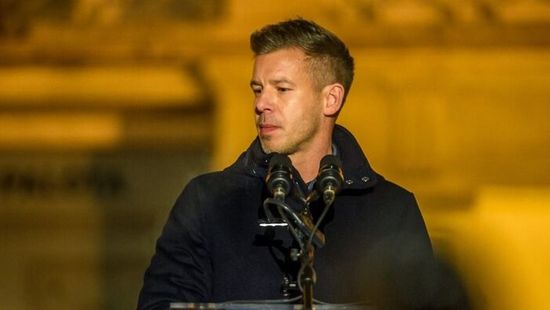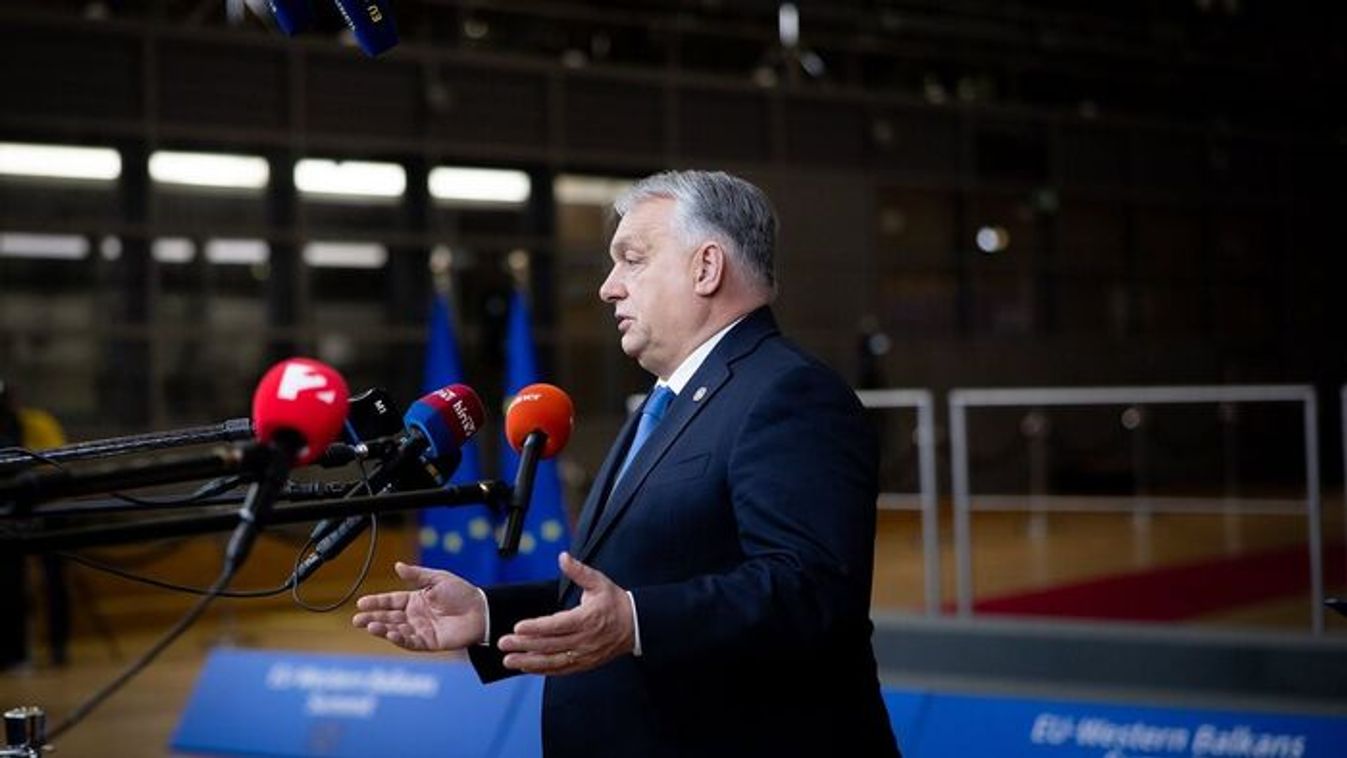Magyar Péter foghatja a fejét: ezért nem tudott növekedni a Tisza Párt népszerűsége

A szakértők szerint olyasmit igyekeztek vitorlájukba fogni, amiből nagyon nem jött össze a politikai haszonszerzés.

My father, who lives in the countryside, recently said that he has noticed a conspicuous change in Budapest over the last few years. No, it is not the cleanliness of the streets, which are just as dirty as ever. It is not the hectic metropolitan life, which has not slowed down. It is the number of bicyclists, which has grown steadily over the last several years. It has changed the urban landscape of Budapest, and the city will never be the same. The cyclists have invaded the concrete jungle thanks to many efforts, but especially to the Critical Mass movement. Now the movement has bid farewell. Can they claim victory?
Launched in San Francisco in 1992, originally as an underground organization, Critical Mass grew steadily into an international movement. In the early days, it sometimes carried out civil disobedience, the hardcore of the urban bikers taking over the streets of big cities, occasionally confronting the police, automobile drivers or even elected city officials. It has spread to many cities internationally over the last 20 years but nowhere has it been as successful as in the capital city of Hungary.
Although Budapest had an advanced transportation system even prior to World War I (our capital had an underground train already in 1896, the first on the continent of Europe, and it's still in use today), decades of communism and poor urban planning wreaked havoc on the traffic system of Budapest. For many years, automobiles were in short supply. People had to wait for years to buy a second-rate car made somewhere in the Eastern bloc. In the 1980s, when the economy became more open, and it finally became easier to purchase a car, Budapest was suddenly flooded with them. It only grew in intensity after the fall of communism. As Hungary integrated with Europe and western markets, more and more cars filled Budapest. And as they did, the capital's car owners began to take over, seemingly ruling the pavement as if it were their birthright. The grand boulevards and avenues from the era of the Austro-Hungarian Empire became inner city highways, the sidewalks vanished under the parking cars, heavy traffic noise polluted the once relatively quiet city streets.

But beginning around 2000, give or take a year, city residents began to rediscover the bicycle. Two-wheeled messengers, those big city rough-necks, were the first who dared to venture into the constant gnarl of traffic and the hundreds of thousands of aggressive drivers. No surprise then that some of the leading figures among the cycle couriers, like Károly Sinka (aka Sinya) and Gábor Kürti (aka Kükü), became some of the founding fathers of Hungary's Critical Mass movement.
It began September 22, 2004 with a demonstration that attracted over 4,000 people. Not a bad turnout for an inaugural event, and the number grew quickly year to year. Ten thousand took part in 2005, 30 thousand in 2006, and in 2008, a staggering 80 thousand cyclists rolled around Budapest as part of the Critical Mass demonstration. The turnout set a record for Critical Mass worldwide, a record that still stands today. A blogger from the San Francisco Critical Mass community even wondered in 2009, Why is Critical Mass Budapest So Huge?
The blog's author made some interesting points. He asserted that the rapid rise in the number of automobiles in Budapest provoked a strong reaction among inhabitants concerned about the declining livability of the city. The blogger wrote: "When I arrived in April 2006, I saw major promotional materials about the ride in the most unlikely of places, by San Francisco standards. The free tourist booklets advertising hotels and nightlife were promoting it - on the front cover. Full size billboards beside the Danube River were promoting the ride. In the newspaper editorials, party bosses and union leaders from all political lineages were promoting the ride. Recumbent bicyclists were promoting the ride with large sign board trailers. Needless to say, I had to participate."
He was not the only one to become so enthusiastic about the event. By the end, Critical Mass Budapest was no longer even a protest. It had become a fun, leisure event that inhabitants looked forward to two times a year, in April and September, when youngsters, elderly people, families with children, hipsters and crazies turned out into the streets with their dogs, flowers, ghetto blasters or other props to celebrate people power, the bikes and the city. Of course a mass protest would mean nothing if it had no impact on the everyday life of Budapest. But it did have impact. Year after year, more and more bikers showed up on the streets of the capital. Meanwhile, city leaders have taken notice, responding to some of the concrete requests. Each passing year sees a growth in the kilometers of bicycle paths along some of the busiest thoroughfares, from Andrassy Boulevard to Bajcsy-Zsilinszky to the banks of the Danube and beyond. Even the arch-enemies, the city's motorists have become more tolerant. Critical Mass played an important role in this change, making it the quietest revolution ever in Hungarian history.
But now, the era has come to an end: the organizers of Critical Mass Budapest announced recently that there will be no Critical Mass event this autumn, and the very last Critical Mass gathering will be held next spring. Why? Organizers claim that it is no longer Critical Mass anymore, an event that was supposed to be all about letting people ride their bikes. Instead, recently it has attracted a lot of stragglers, a testimony to its popularity, who are simply there to just follow their friends, family or co-workers. "The demonstration has achieved its goals," they wrote. Now, they claim, the movement needs a new shape, a civic association of bicyclists (a Kerékpárosklub or Biker's Club) needs to be strengthened and more infrastructure for bicyclists should be developed.
At the conclusion of next spring's Critical Mass Budapest, participants will lift their bikes over their heads in what has become the customary hurrah at the closing of the gathering. But if the movement's leaders and devotees have their way, it will not be the last hurrah. The movement succeeded. From now on, it's a sort of Critical Mass everyday in Budapest.